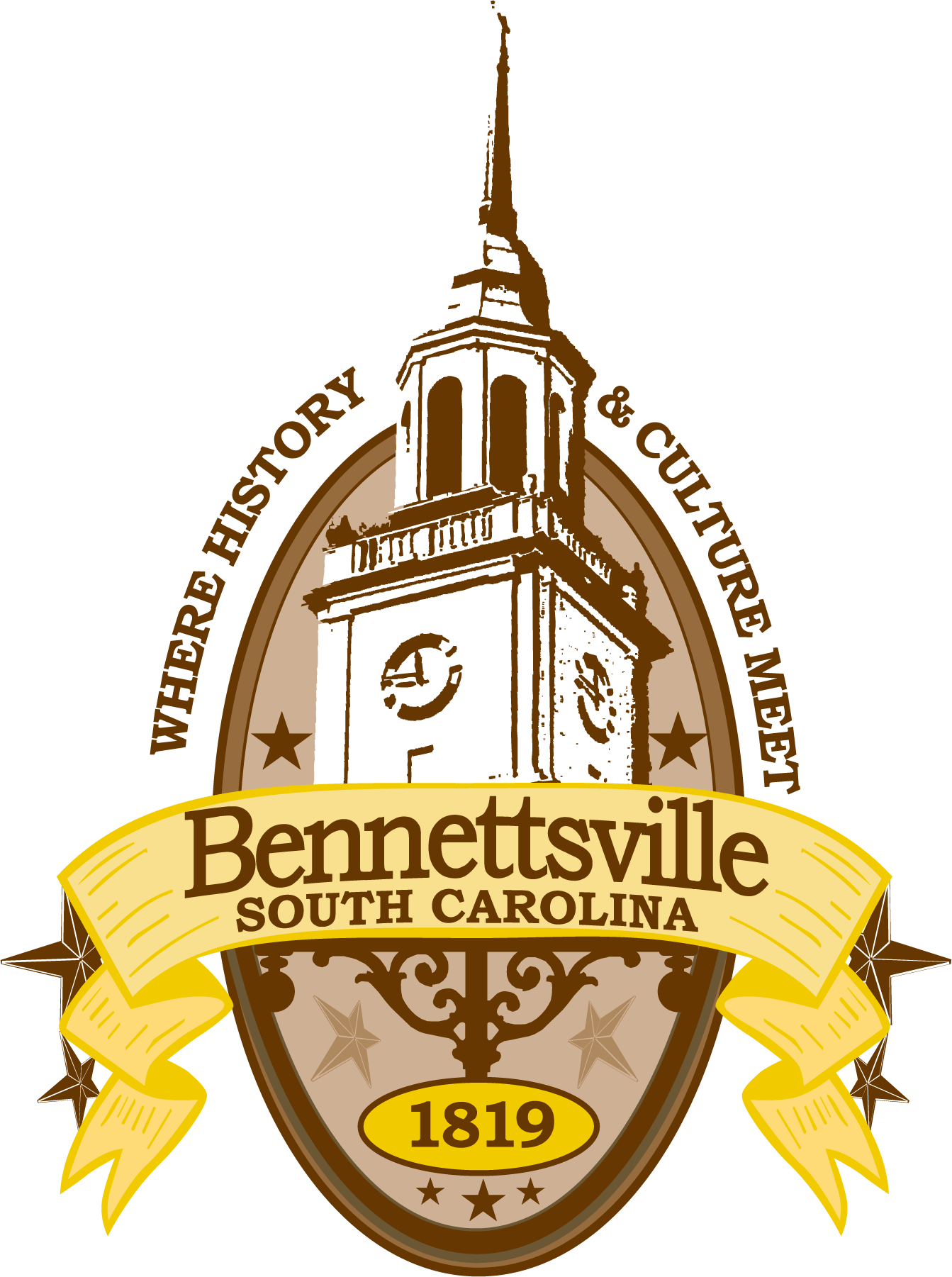The story of the military in Marlboro County, South Carolina is history in the making. The citizen soldier has evolved from the earliest colonial days when South Carolina was known as “Carolina”, to our modern front-line soldiers of 2010. In every war in which the United States has been engaged, the rugged men from Marlboro have participated.
The Revolutionary War began in 1775 and lasted seven long years. The men from Marlboro responded readily to the Provincial Congress’s call for troops. Several militia units were raised in St. David’s Parish. Approximately 69 patriots served in the war from the Marlboro Area.
There were five battles or skirmishes that occurred in Marlboro during the Revolutionary War. They were Hunt’s Bluff, Cashua (Cashway) Paces Ferry, Brown’s Mill, Bear Swamp and the assassination of Colonel Abel Kolb.
The Battle of Hunt’s Bluff took place July 25, 1780. A convoy of British boats enroute from Cheraw to Georgetown was captured here by local patriots. Wooden logs resembling cannons were mounted on this bluff. When boats appeared, Captain Tristam Thomas demanded unconditional surrender. At this signal, the loyalist escort joined forces with the Patriots, making prisoners of the British troops.
The skirmish near Cashway Ferry happened in mid-April 1781. Both Whigs (Patriots) and Tories (American British sympathizers) sometimes used the Cashway Baptist Church building as a shelter. Which was in residence at the time and which was the attacker at the time of the skirmish isn’t clear. Shortly after this incident, a Tory band hung Harry Sparks when he found their hideout in the Three Creeks Swamp near present day Blenheim.
Harry’s brother Daniel captured one of the Tories but others in the band escaped. This incident climaxed a series of outrages and Colonel Abel Kolb led a force in pursuit. Over on Drowning Creek, Kolb’s men killed a couple of young Harry’s assassins and then sent some notorious offenders in the swamps of Catfish Creek. Thinking this had calmed the situation. Colonel Kolb dismissed his men and returned home.
Unfortunately Colonel Kolb misjudged his foes. Captain Joseph Jones and about 50 Tories from the Catfish area came after the Whig leader. They shot Colonel Kolb, burned and plundered his house, freed several British soldiers being held in a guardhouse near the ferry and killed several people they encountered along the way.
The only cartel achieved in America during the Revolution was signed on May 3, 1781 for the exchange of prisoners in the Claudine Pegues house located in upper Marlboro. Lt. Col. Edward Carrington acted for Maj. Gen. Nathanael Greene of the Continental army. Capt. Frederick Cornwallis, acting for his cousin, Lieut. Gen. Earl Cornwallis, signed for the British.
The War between the States was a conflict over an agricultural way of life and industrial way of life. It left the South in economic ruin. The war began on April 12, 1861 but it was not until Sherman’s invasion of South Carolina in 1865 did Marlboro receive the full impact of war. William T. Sherman, leader of the Union Troops, believed in total war. His army destroyed everything in its path including killing all the animals, taking all the food and burning everything left that they did not confiscate for themselves.
Southern Oaks Plantation located on Beauty Spot Road, was dismantled board by board and hidden in the woods to avoid being burned by Sherman’s troops. Later, it was rebuilt and stands today.
The Jennings-Brown House, built in 1825-26 by one of Bennettsville’s early physicians, Dr. Edward W. Jones, was the headquarters of Union Army Major General Frank P. Blair when the Union army occupied Bennettsville.
On December 7, 1941, the Japanese bombed Pearl Harbor and this was the beginning of World War II. Marlboro sent 2,317 men to World War II, and 73 paid the ultimate sacrifice.
Palmer Field, located four miles north of Bennettsville on Highway 9, operated as a primary Army Air Corps Flight Training School from August 1941 until 1944 during World War II and was later used to house German prisoners of war. Cadets from all over the United States received their primary training here. The field was named in honor of Captain William White Palmer, a World War I hero and native of Marlboro County.
[hr] This information was prepared by Jerry Kendall and with information from “Marlboro County, South Carolina: A Pictorial History.”
